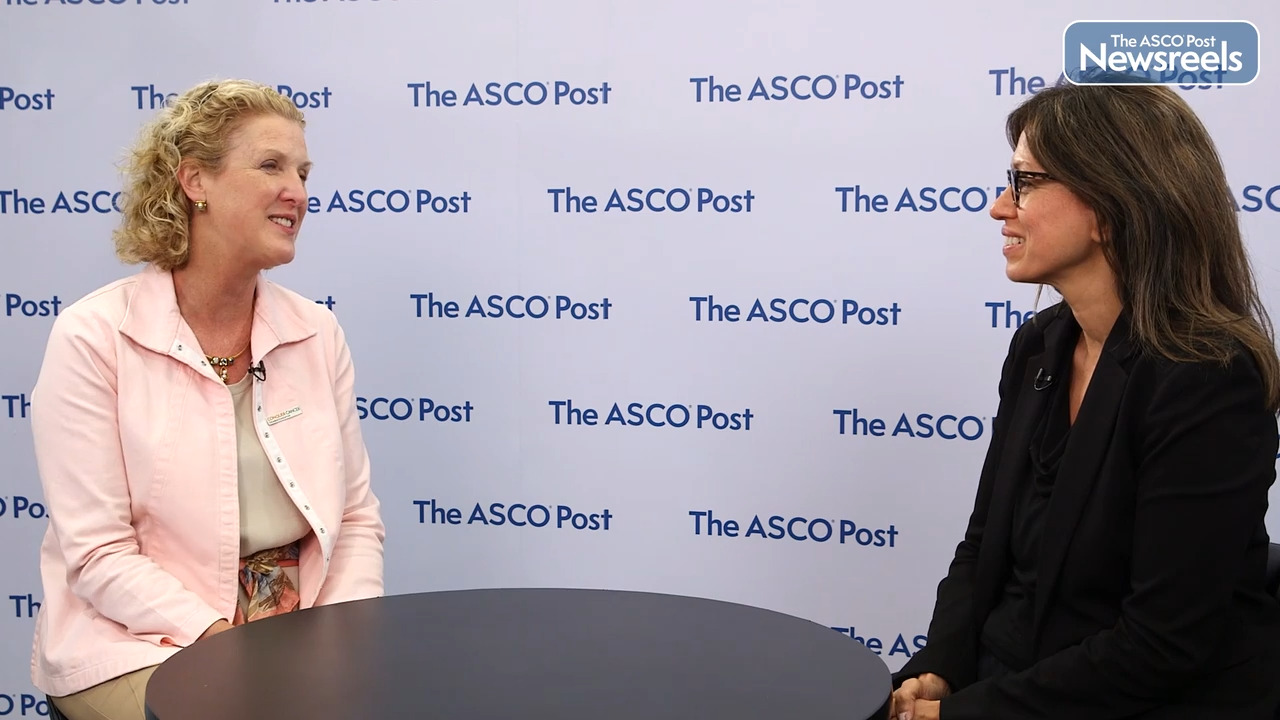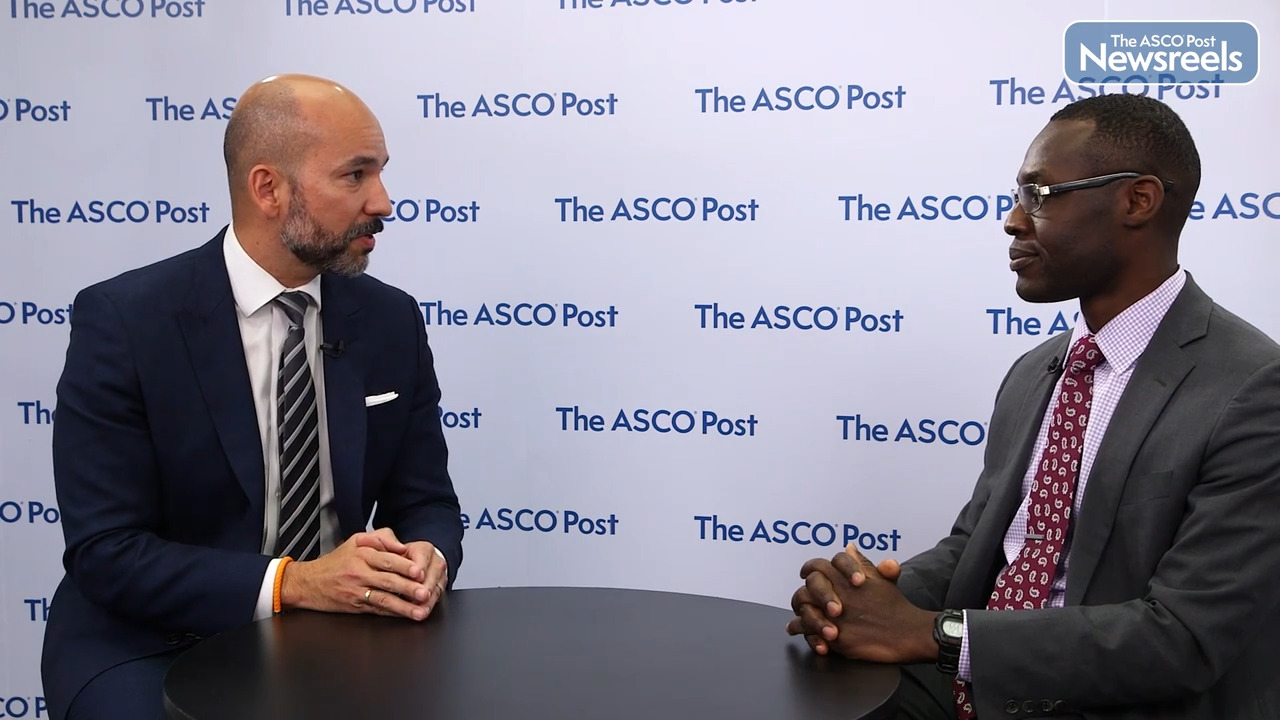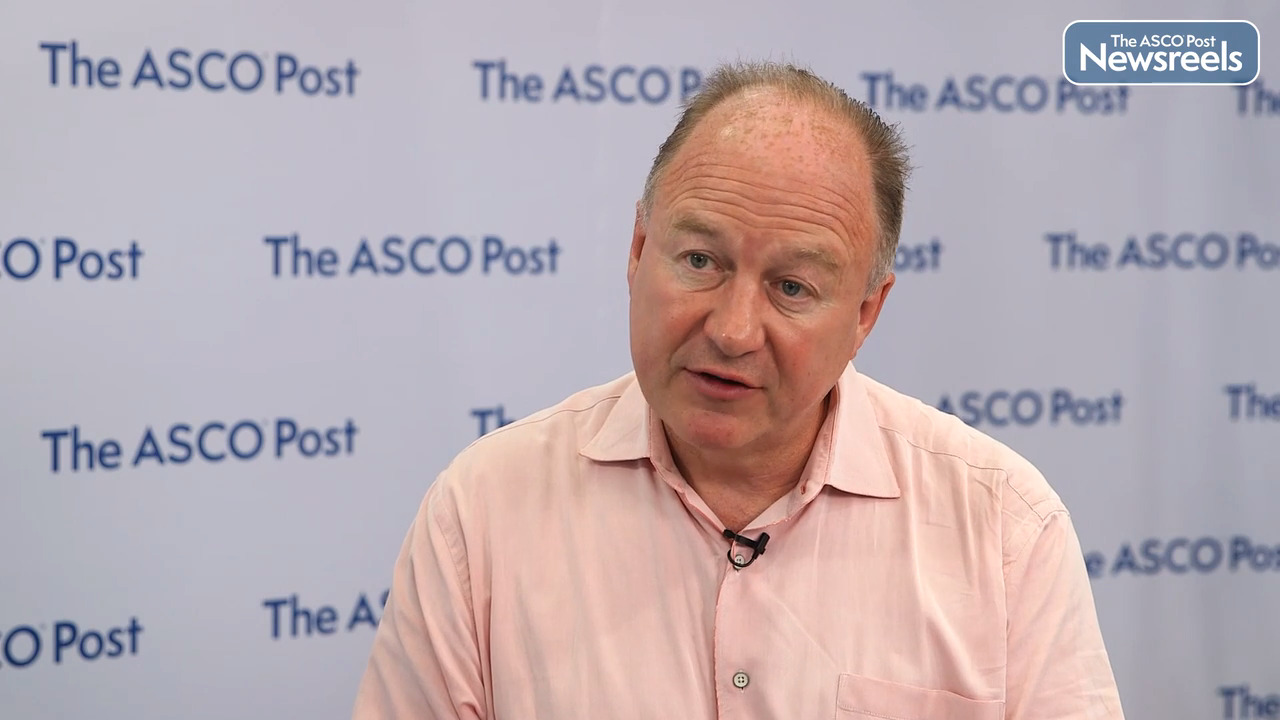Transcript
Disclaimer: This video transcript has not been proofread or edited and may contain errors.
The COVID-19 pandemic was associated with disruptions in healthcare delivery, including decreases in in-person clinical visits. As a result, many clinicians shifted to telemedicine or telehealth services to mitigate these declines in in-person care. And this was facilitated by federal and state regulations enacted early in the pandemic that expanded coverage and reimbursement for telemedicine services. There is some evidence that telemedicine uptake varied by social demographic factors, such as age and sex. However, there's been very limited evaluations of inequities in telemedicine use among patients with cancer. So in this study, we assess factors associated with telemedicine use, including the social determinants of health among patients initiating treatment for 21 common cancers at community oncology clinics during the ongoing COVID-19 pandemic. In terms of methods, this is a retrospective study that used the nationwide Flatiron health electronic health record derived database, a de-identified database. Our sample included about 27,000 patients who were required to have started their treatment, their first line of therapy, between March 2020 and November 2021 with follow up through March 2022. Our primary outcome was telemedicine use or at least one telemedicine visit within 90 days of starting their cancer treatment. This was derived with billing codes. We examined inequities by multiple social determinants of health exposures, including race, ethnicity, insurance coverage, urban role status, and area level social economic status. Overall, 16% of patients used telemedicine services. Unfortunately, there were substantial inequities in telemedicine use where black, uninsured, non-urban, and lower SES patients were all less likely to use telemedicine services. There were particularly jarring inequities across social economic status, where one in four patients living in high SES areas use these services in comparison to about 10% of patients in low SES areas. These inequities were also statistically significant even after adjusting for clinical characteristics, such as age, sex, stage, and performance status. And we also found similar patterns in sub-cohorts of patients initiating their cancer regimens for advanced stage non-small cell lung cancer, colorectal, breast, and pancreatic cancer. It is also important to note that telemedicine use peaked among patients who started their treatment early in the pandemic from March to May 2020, at about 25%, but declined to about 12% among those who did so more recently from September to November 2021. But it's important to note that most of the inequities described above persisted throughout these periods. These findings are critically important considering recent efforts to make the coverage of telemedicine services permanent instead of being tied to health and human services, public health emergency declaration for COVID-19. And also efforts increase reimbursement rates for telemedicine services by Medicare, several Medicaid programs and several private insurance. Future work should examine social determinants of health characteristics that may be associated with telemedicine inequities, including things like high speed internet access. We cannot assume that patients have the equitable infrastructure necessary to use telemedicine services. It'll also be important to determine whether telemedicine care is of high quality. For example, are there differences in the receipt of timely and guideline concordant treatment between patients who receive telemedicine services versus those who only receive in-person care? It'll be also important to determine what types of practices are providing telemedicine more equitably to their patients. We can learn from these clinics and bring it back to the rest of our network. Finally, our primary conclusion is that the proliferation of telemedicine services may widen cancer care inequities if people of color and those living in marginalized areas do not have equitable access.





